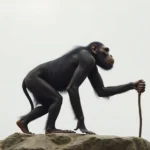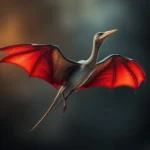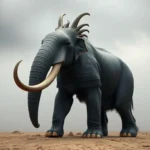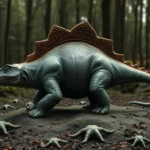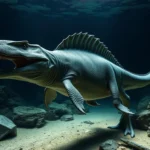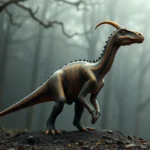Anomalocaris: Ancient Symbolism and Modern Interpretations
Disclaimer: Some images on this website are AI-generated artworks and may not accurately represent real animals.
Anomalocaris, one of the most intriguing creatures from the Cambrian period, has fascinated scientists and enthusiasts alike. Beyond its physical characteristics and ecological role, anomalocaris symbolism and meaning resonate deeply with concepts of evolution, transformation, and the balance of nature. This exploration will delve into the historical context, the creature’s significance, and how it is perceived in modern interpretations and personal introspections.
Understanding Anomalocaris
Historical Context
Anomalocaris lived approximately 500 million years ago during the Cambrian period, a time often referred to as the “Cambrian Explosion.” This era saw a rapid diversification of life forms, leading to the emergence of many complex organisms. As a significant predator, Anomalocaris played a pivotal role in the marine ecosystem, influencing the evolutionary pathways of various species.
Fossil evidence has provided insights into this fascinating creature. Initially misidentified as multiple organisms, Anomalocaris was later recognized as a single entity due to its distinctive features and hunting strategies. Its discovery has allowed scientists to better understand the dynamics of early life on Earth.
Physical Characteristics
Anomalocaris is notable for its unique and striking physical features that set it apart from other prehistoric creatures. The table below highlights these characteristics:
| Feature | Description |
|---|---|
| Size | Up to 3 feet long |
| Eyes | Large compound eyes, providing excellent vision |
| Body Structure | Segmented body with a flexible exoskeleton |
| Appendages | Frontal appendages resembling grasping claws |
| Tail | A fan-like tail used for propulsion |
These characteristics not only made Anomalocaris an effective predator but also a symbol of the complexity of early life forms. Its segmented body allows for flexibility and agility, which are crucial for survival in a competitive marine environment.
Ecological Role
In the Cambrian seas, Anomalocaris occupied the top of the food chain, preying on smaller organisms. Its role as a predator is significant in understanding the ecological dynamics of the time. By controlling the populations of other marine species, Anomalocaris contributed to the balance of the ecosystem, facilitating the development of diverse life forms that followed.
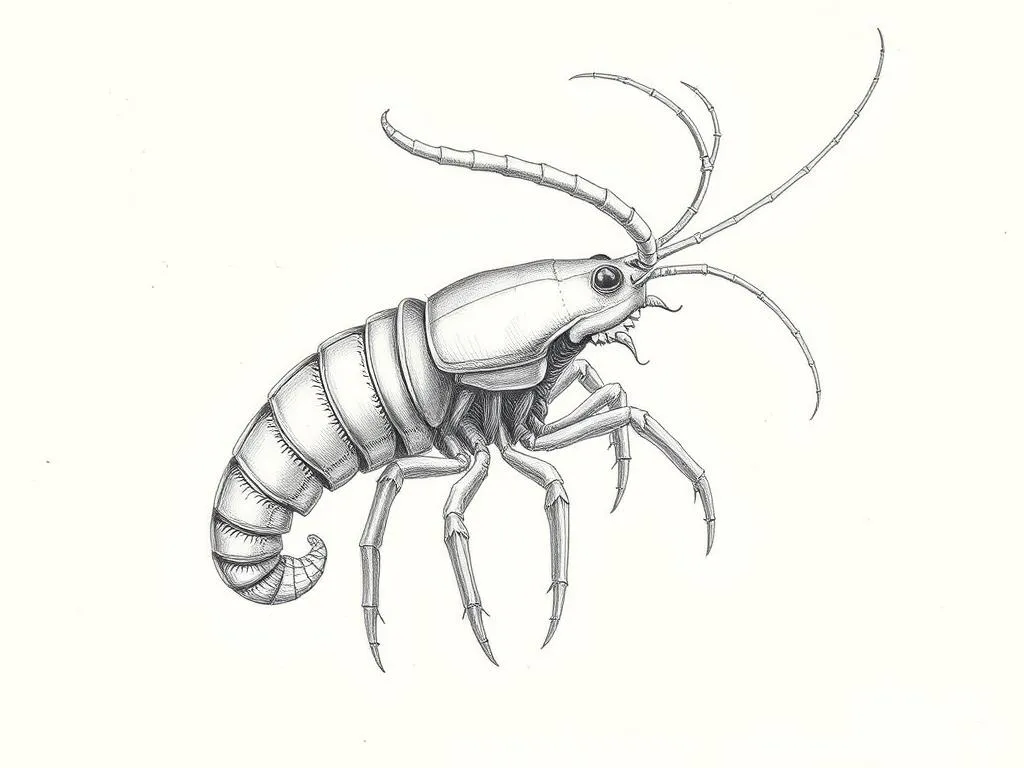
Symbolism & Spiritual Meaning
Representation of Change
Anomalocaris embodies the concept of evolution and adaptation. Its existence during a period of rapid change signifies the resilience and adaptability of life. As species evolved to survive, Anomalocaris stands as a testament to the transformative power of nature.
In contemporary terms, the symbolism of Anomalocaris can remind us of the importance of embracing change in our own lives. Just as this ancient creature adapted to its environment, we too must evolve to meet the challenges we face.
Power and Predation
The predatory nature of Anomalocaris symbolizes strength and dominance. It represents the instinctual drive to survive and thrive, showcasing the raw power inherent in nature. As one of the apex predators of its time, Anomalocaris exemplifies the balance of life and death in the natural world.
This symbolism can be empowering, encouraging individuals to tap into their inner strength. Recognizing the instinctual aspects of our nature can help us navigate life’s challenges with confidence and assertiveness.
Connection to Transformation
Anomalocaris is often viewed as a metaphor for personal growth and metamorphosis. Just as the creature underwent various evolutionary changes, individuals can experience profound transformations throughout their lives. This connection to transformation highlights the journey of self-discovery, reinforcing the idea that growth often comes from navigating through adversity.
In various spiritual practices, Anomalocaris may symbolize the journey through challenges and the emergence of a stronger, more resilient self. Embracing this symbolism can inspire individuals to embrace their own transformative journeys.
Anomalocaris in Dreams
Dream Interpretations
In the realm of dreams, Anomalocaris can appear as a powerful symbol. Its representation varies, but common themes include:
| Theme | Interpretation |
|---|---|
| Change | Embracing transformation in waking life |
| Fear | Confronting hidden anxieties or insecurities |
| Power | Acknowledging one’s inner strength and capabilities |
| Instinct | Trusting one’s intuition and instinctual responses |
Dreaming of Anomalocaris can evoke a range of emotions and reflections, often tied to the dreamer’s personal experiences and current life situations.
Messages of Intuition
Anomalocaris can also represent the emergence of hidden instincts or intuitive insights. Just as this creature relied on its keen vision and predatory skills, individuals may find themselves tapping into their own intuitive guidance. Such dreams may encourage self-trust and the exploration of deeper feelings that have yet to be acknowledged.
Fear and Triumph
For some, Anomalocaris may symbolize overcoming fears and embracing challenges. The creature’s fierce nature can inspire individuals to confront their anxieties head-on. In this context, dreaming of Anomalocaris serves as a reminder that strength and resilience can lead to triumph over adversity.
Modern Interpretations
Cultural References
In contemporary culture, Anomalocaris has found its way into various forms of art, literature, and media. Its striking appearance and historical significance make it a popular subject for creative expression. Artists may use Anomalocaris to symbolize themes of evolution, nature’s power, and the interconnectedness of life.
In literature, authors might draw upon the symbolism of Anomalocaris to explore themes of transformation and the human condition. As society continues to grapple with issues of change and adaptation, the legacy of Anomalocaris resonates in narratives that reflect our own journeys.
Scientific Symbolism
Paleontologists and biologists view Anomalocaris as a crucial representation of early life forms and biodiversity. Its discovery has provided valuable insights into the evolutionary history of marine organisms, illustrating the complexity of life that emerged during the Cambrian period.
The study of Anomalocaris allows scientists to understand the ecological relationships that shaped the world we live in today. Its role in the Cambrian ecosystem serves as a reminder of the interconnectedness of all living beings and the importance of preserving biodiversity.
Anomalocaris and Environmental Awareness
In discussions about evolution and the importance of biodiversity, Anomalocaris serves as a powerful symbol. As humanity faces environmental challenges, the story of Anomalocaris can inspire a renewed commitment to protecting our planet and its diverse life forms. Understanding its place in the evolutionary narrative encourages a holistic view of nature, emphasizing the need for sustainable practices.
Key Takeaways
- Anomalocaris as a Symbol of Evolution: It represents the resilience and adaptability of life throughout history.
- Personal Growth and Intuition: Anomalocaris encourages individuals to embrace their own transformative journeys and trust their instincts.
- Cultural Relevance: The enduring legacy of Anomalocaris in modern thought highlights the interconnectedness of life and the importance of biodiversity.
Conclusion
Reflecting on Anomalocaris invites us to explore the significance of ancient symbols in navigating contemporary challenges. As we delve into the rich tapestry of prehistoric life, we can uncover insights that resonate with our own experiences. Anomalocaris, as a symbol of evolution, strength, and transformation, continues to inspire individuals to embrace change and cultivate resilience.
As we move forward, let us remain curious about the symbolism of prehistoric creatures and their relevance in our lives today. The journey of understanding these ancient beings offers valuable lessons on adaptation, growth, and the interconnectedness of all life.
